Getting Started with Virtual Private Cloud (VPC) in AWS: A Beginner’s Guide
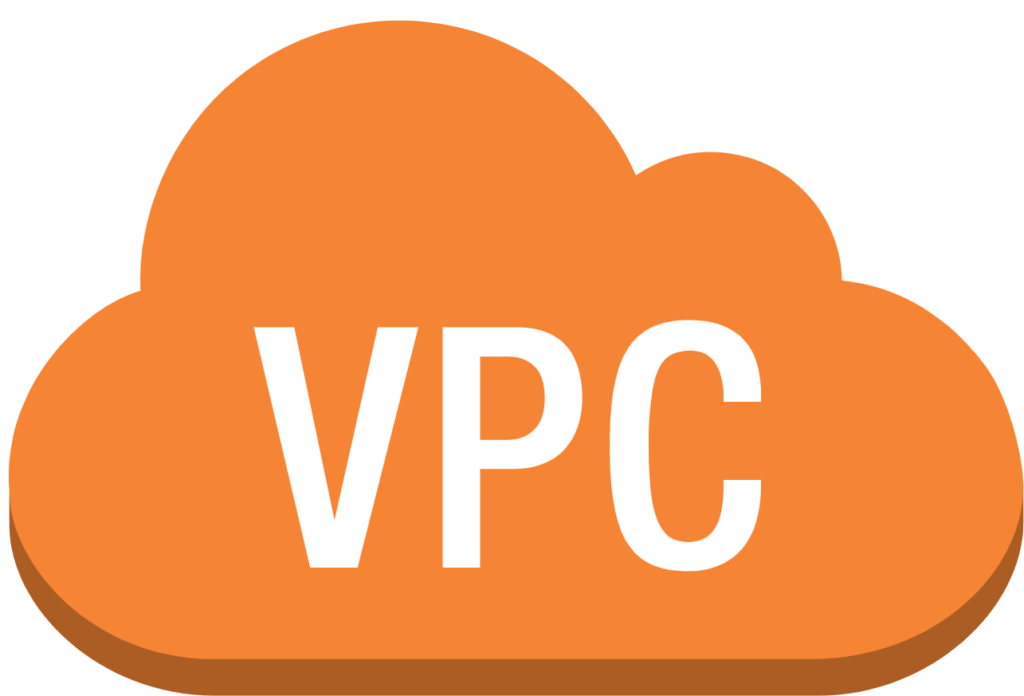
Virtual Private Cloud (VPC) in Amazon Web Services (AWS) is an important concept to understand. Get an understanding of how to utilize VPCs in your business.
Understanding Resiliency in AWS: Globally, Regionally, and Availability Zone Resilient Services Explained
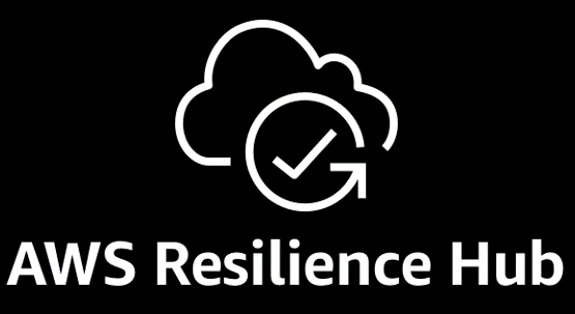
This article explores the differences between globally resilient, regionally resilient, and availability zone resilient services in AWS. By understanding the different levels of resiliency available, businesses can choose the right services for their needs and build highly available and fault-tolerant applications in the cloud.
Differences between AWS Public and Private Services
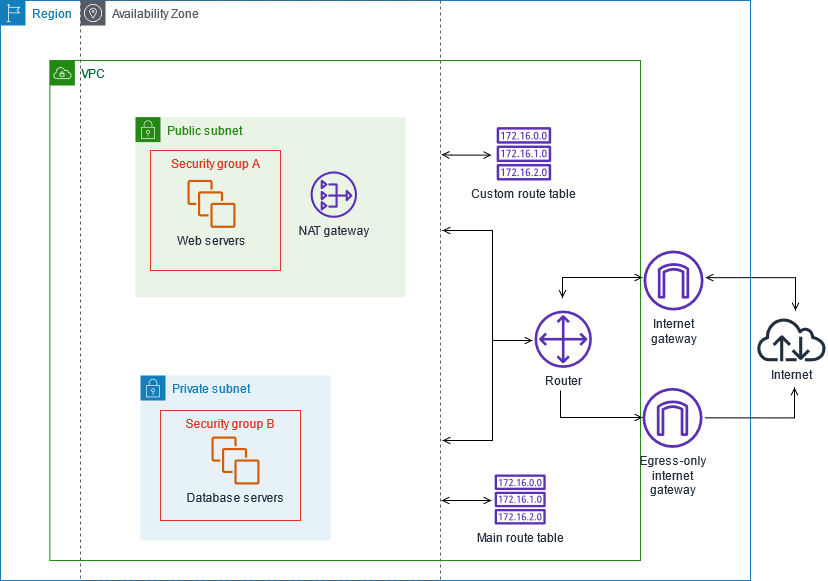
AWS offers both public and private services, and understanding the differences between the two can help businesses determine which services are best suited for their needs.
Differences between an AWS region, AWS edge location, and AWS availability zone
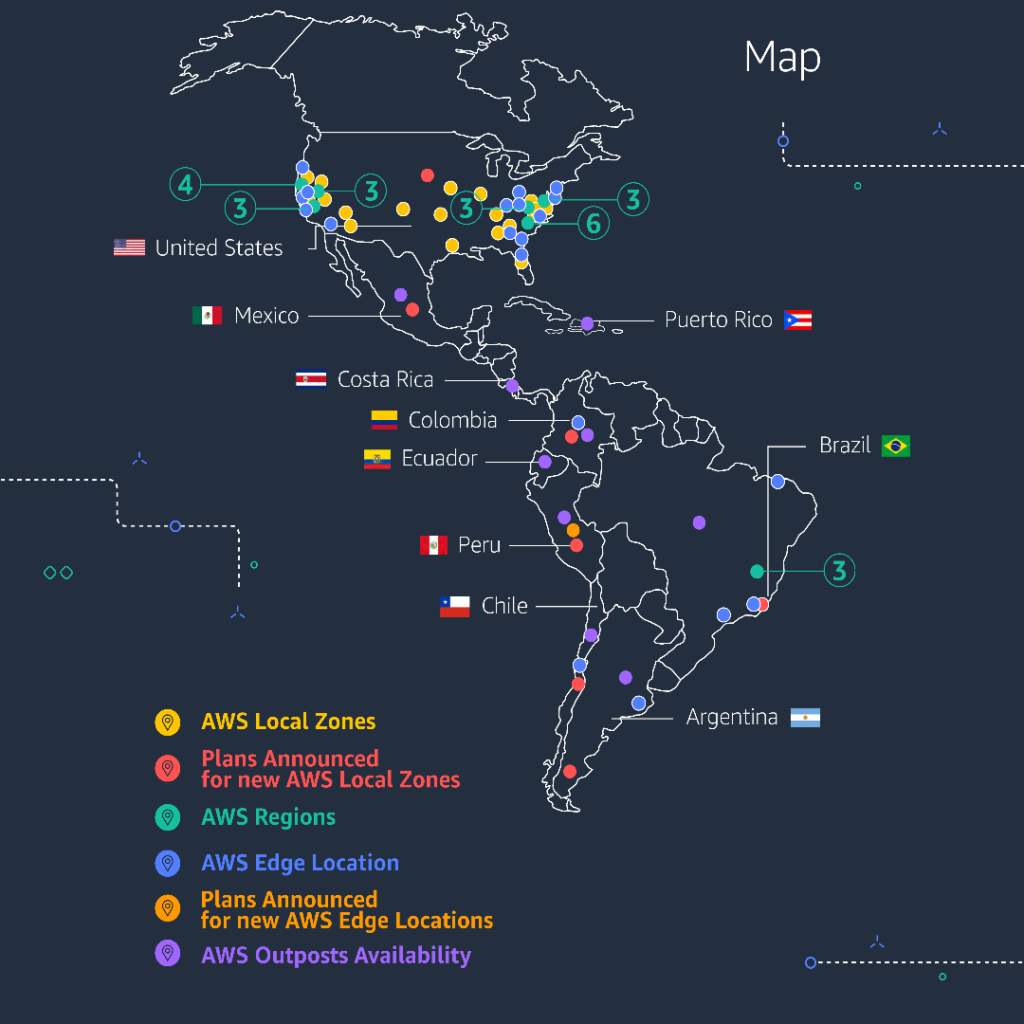
Understanding the differences between AWS regions, AWS edge locations, and AWS availability zones is essential for businesses to determine the best AWS services for their needs. Learn the essentials here –
Simplify AWS Resource Management using Python Boto3
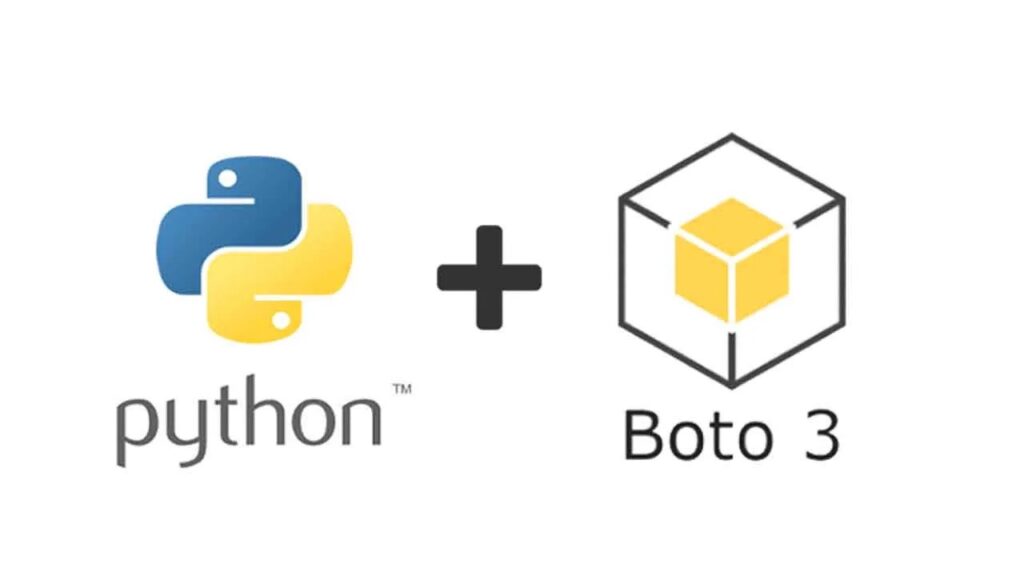
What is Boto3 and why should you use it? Boto3 makes it easy for Python developers to interact with AWS services and resources programmatically, and it can be used to automate infrastructure management tasks, reduce manual work, and increase workflow efficiency.
10 Ways Your Business Can Utilize Amazon Web Services (AWS)

AWS offers businesses the ability to access a flexible and reliable infrastructure, with pay-as-you-go pricing and global availability. In this article, we will explore 10 ways a company can utilize AWS to enhance its operations.
Importance of Multi-Factor Authentication (MFA) in Cloud Accounts

As digital threats become more sophisticated, it is paramount for organizations to take extra precautions to ensure that their data is secure. Multi-Factor Authentication (MFA) offers an added layer of security and should be implemented to provide maximum protection against cyberattacks.
5 Advantages of Switching to Cloud Computing

Cloud computing has quickly become a preferred choice for businesses of all sizes. It provides an accessible, cost-effective way to store, manage and process data. Here are 5 advantages of moving to the cloud.
5 Factors Affecting Businesses Not Using Cloud Computing

Adopting the cloud can offer significant advantages in terms of scalability, cost-effectiveness, and flexibility. With the right strategy businesses can find a way to make their operations more efficient through leveraging the power of cloud computing.
5 Common Data Application Use Cases

From predictive analytics to customer segmentation and more, we’ll give you an overview of 5 different ways you can use data applications to bolster your business operations.

